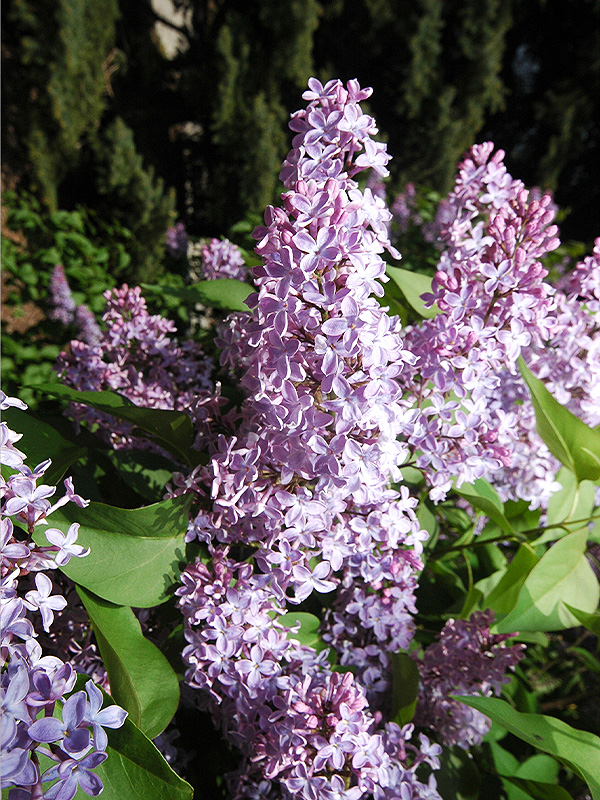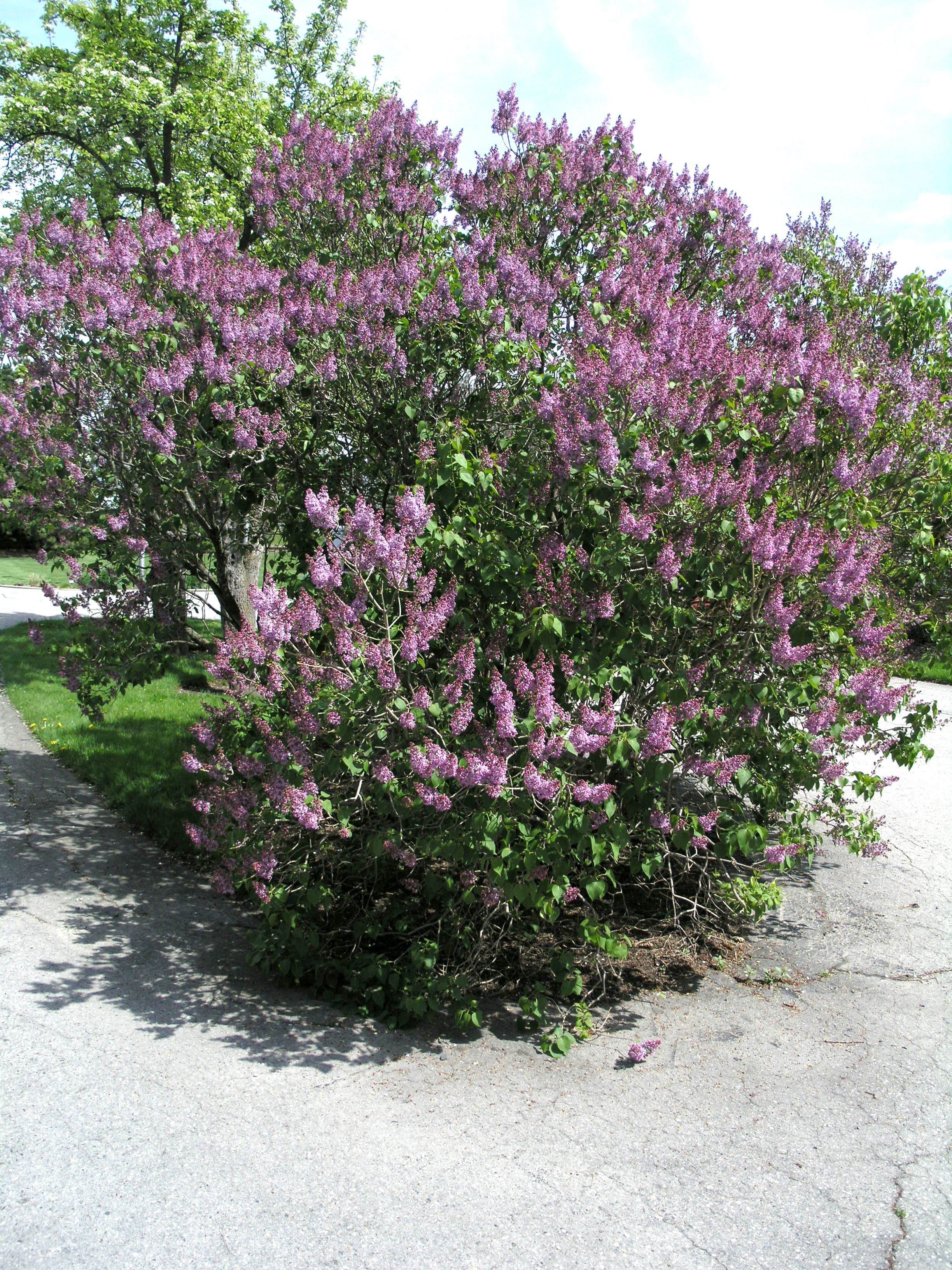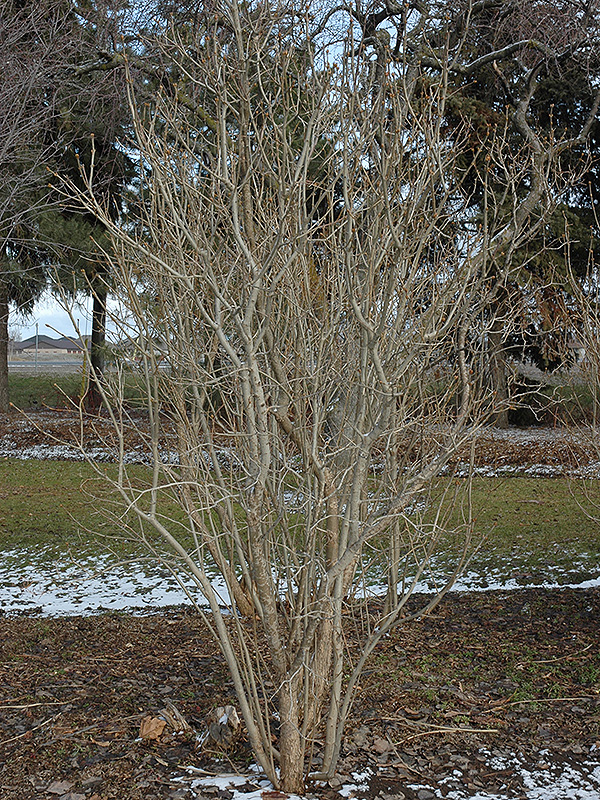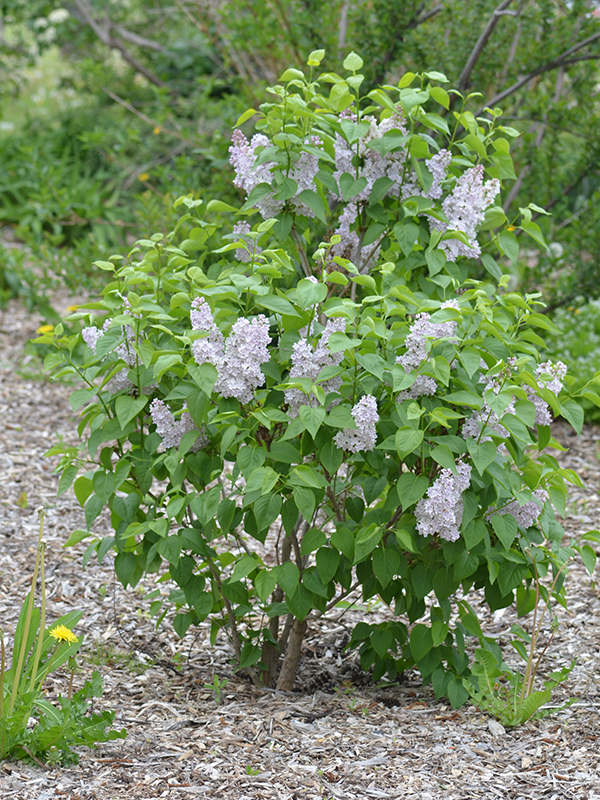
Woody > Syringa > Syringa vulgaris > Syringa vulgaris
Syringa vulgaris
Common Lilac
Mike's
Opinion


"
A shrub that everyone should be familiar with, the common lilac is a fragrant plant in the spring garden. Recent hybridisation has seen improvement in colours and flower structure with an endless variety seen in the French hybrids. This is a plant that will survive for generations in the garden and can be developed into a very architectural plant with careful pruning. Unchecked it can reach heights of 4 m.
Michael Pascoe, NDP., ODH., CLT., MSc. (Plant Conservation)
"
| Family |
| Oleaceae |
| Genus |
| Syringa |
| Species |
| vulgaris |
| Category |
| Woody |
| Type |
| Shrub (deciduous) |
| Pronunciation |
| USDA Hardiness Zone |
| 3 - 7 |
| Canadian Hardiness Zone |
| 1a - 6b |
| RHS Hardiness Zone |
| H6 - H7 |
| Temperature (°C) |
| -40 - (-15) |
| Temperature (°F) |
| -40 - 5 |
| Height |
| 4 m |
| Spread |
| 2 m |
Photographs
Description and Growing Information
Flowering Period
| Landscape |
| Flowers of only value, good for hedges, screens, the shrub border or in groupings. |
| Shape |
| Upright, vase-shaped. |
| Growth |
| Medium |
| ID Characteristic |
| Flowers are lavender-purple and leaves are blue-green. It is one of the most fragrant of lilacs. Has an upright base shaped form. |
| Pests |
| Bacterial blight, leaf spots, leaf blights, ring spot virus, powdery mildew, leaf roll necrosis, lilac borer, caterpillars, leopard moth borer, giant hornet, and lilac leaf miner. |
| Bark/Stem Description |
| Light-grey smooth bark which contains small, raised lenticels. |
| Flower/Leaf Bud Description |
| Ovoid, plump, imbricate with 3 - 4 pairs of reddish brown scales and reddish brown in colour. |
| Leaf Description |
| Opposite, ovate or broad ovate, simple and are 5-12.5 cm long. Bluish green in colour. |
| Flower Description |
| Lilac flowers, showy, fragrant, flowers are borne in large terminal panicles and bloom in May. |
| Fruit Description |
| Capsules borne in large panicles and should be removed. |
| Colour Description |
| Foliage is blue-green and flowers are lavender purple. |
| Texture Description |
| Medium to coarse in leaf depending on age and size of plant; coarse in the winter. |
| Notable Specimens |
| The A.M. Cuddy Gardens, Strathroy, Ontario, Canada. |








